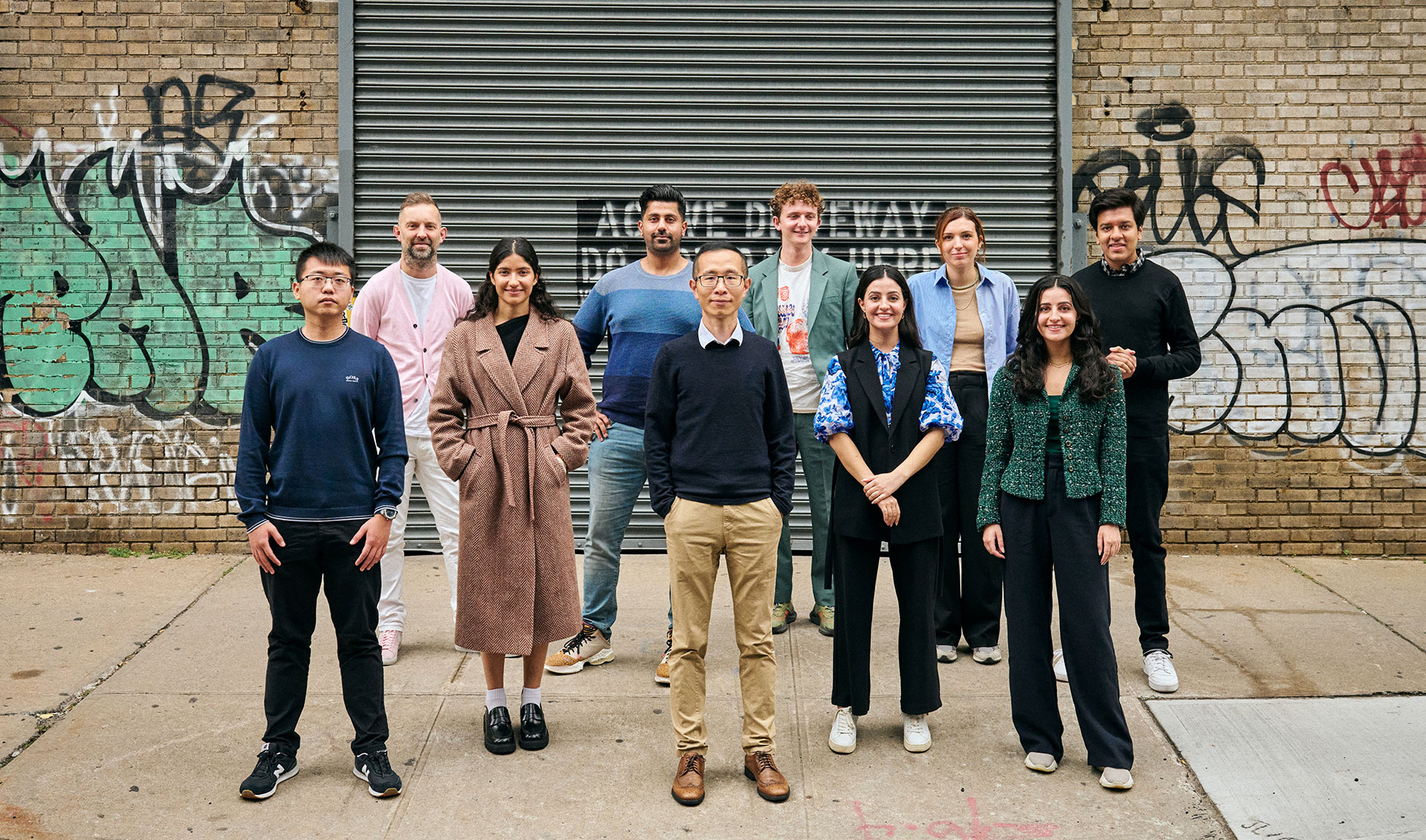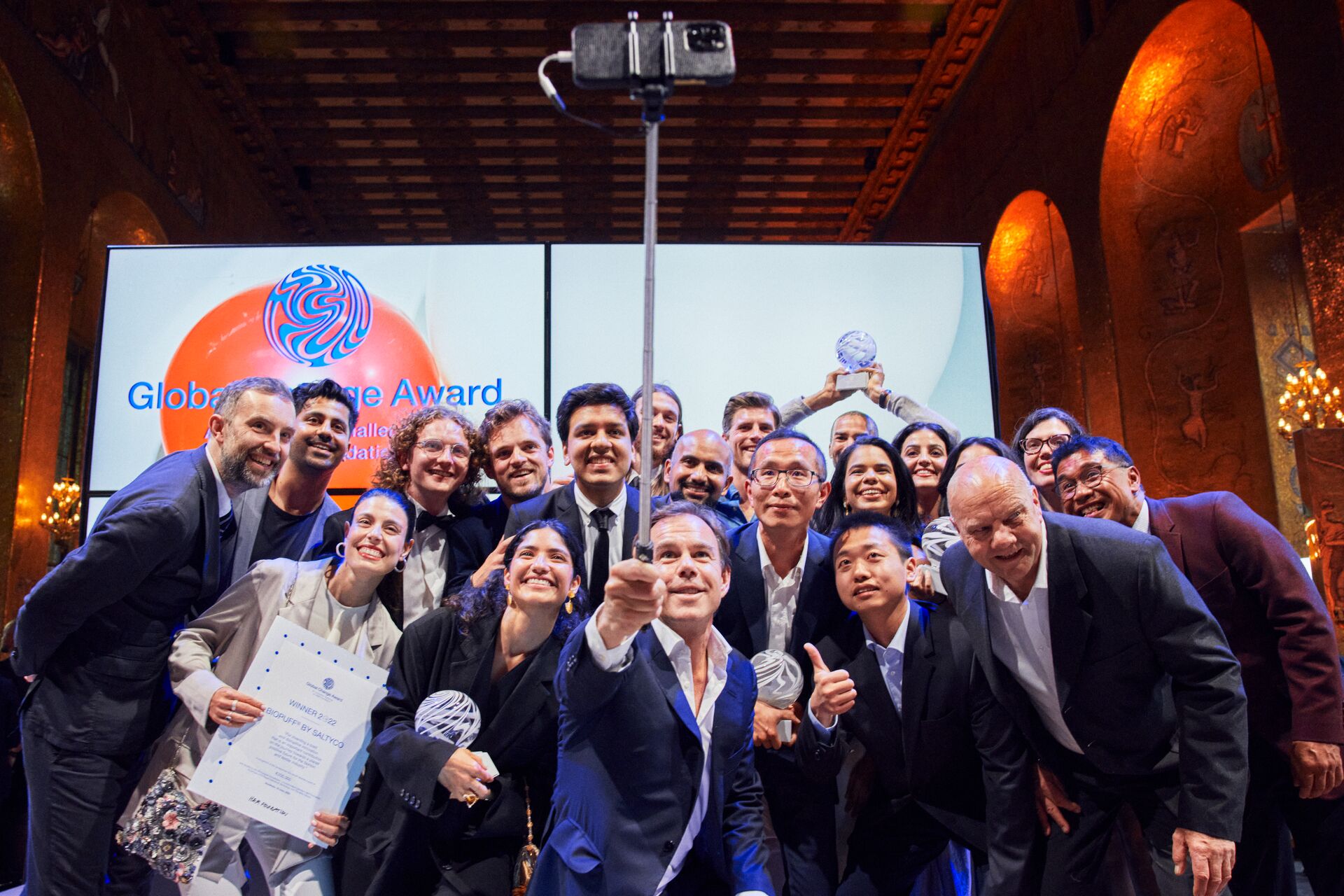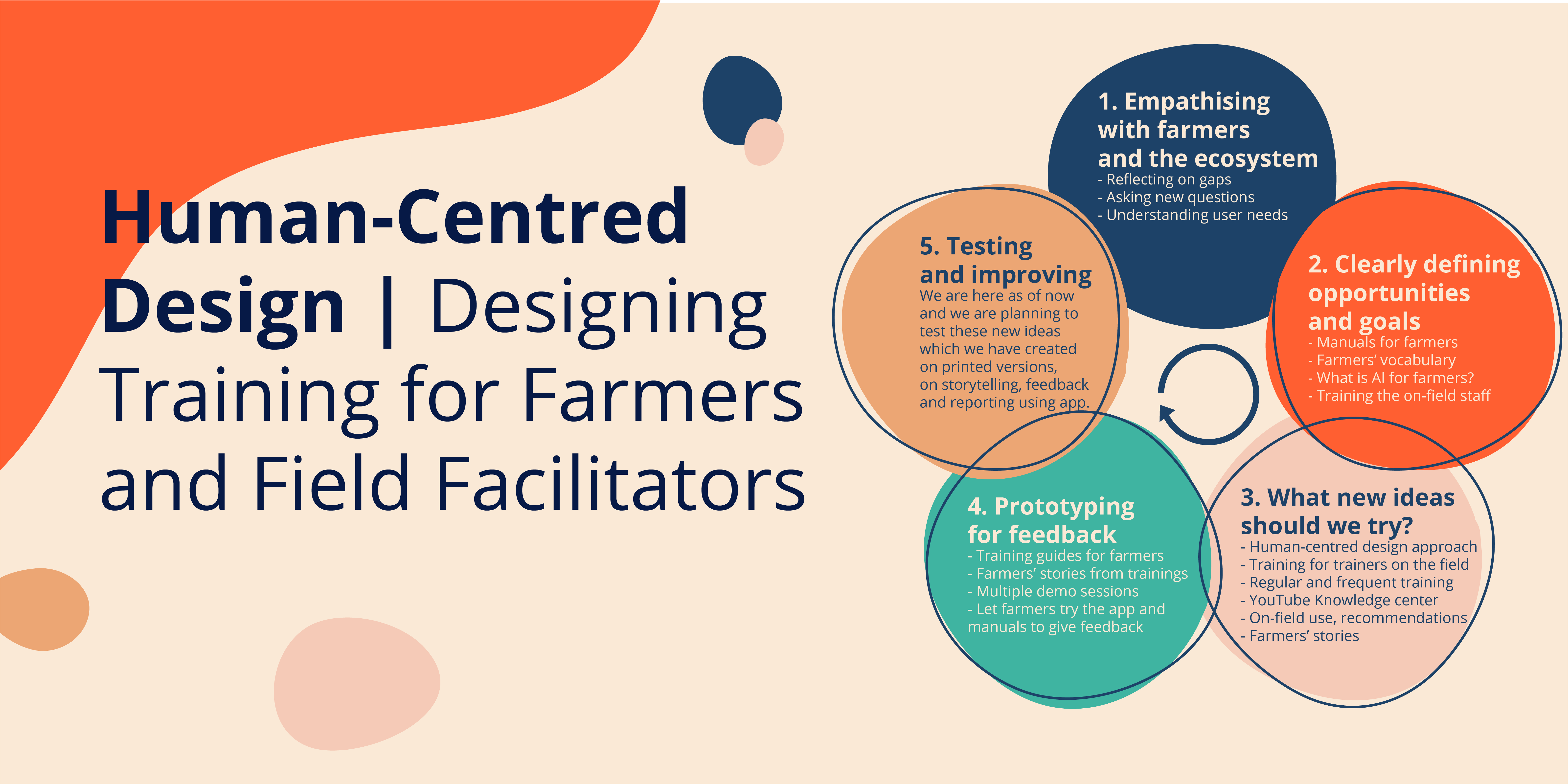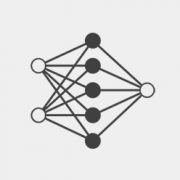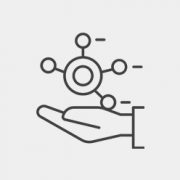Building AI to help vulnerable babies in rural Africa or marginal farmers in India is a far cry from building AI for e-commerce, social media, or business. If you are a product manager, designer, engineer, or researcher dreaming of building AI products to address the world's toughest challenges, here are some lessons from our work at Wadhwani AI that you may find useful.
The Wadhwani Institute for Artificial Intelligence (Wadhwani AI) is, perhaps, the only organisation of its kind, globally, focused entirely on building AI-based solutions for the next 5 billion people at the bottom of the socio-economic pyramid. We may also be unique in how we work closely, on the ground, with governments, international bodies, and nonprofits, while at the same time pushing the boundaries of AI through world-class research.
PSSST, WE ARE HIRING: If you are a world-beating product manager, design researcher, UI/ UX designer, engineer or researcher itching to have real-world impact, write to us at careers@wadhwaniai.org and do mention “Raghu’s blog” in the subject. Check out our open positions here.
Lesson 1: User-centered? What about the beneficiaries, the choosers, and the payers?
An overwhelming majority of rural mothers and small farmers are not digital natives consuming technology products on personal phones. They depend on large scale government and nonprofit ‘programs’ for access to essential services such as healthcare and crop management.
Specifically, they rely on field workers of those programs, who have limited skills, and some of whom are just beginning to use some apps. What field workers should (or should not) do is decided by several layers of management, from immediate supervisors to top administrators (in India, IAS officers in Delhi). The administrators, overseeing departments still grappling with ‘digital’, look for guidance to international orgs (e.g., WHO) and research institutions (e.g., ICMR, CICR) and large donors (e.g., USAID, Gates Foundation).
All these different external ‘stakeholders’ have different perspectives — be it regarding the benefits they deem necessary or the risks they want mitigated. And, as a product manager, you must understand ALL key stakeholders and drive a coherent ‘solution vision’ that balances demands that often do not pull in the same direction. If you focus solely on the ‘user’ of an app, you may have a great human-centered product and yet never reach your users (the field workers) or have impact for intended beneficiaries (the rural mothers and small farmers).
Coming Up:
We will talk about internal stakeholders (AI researchers, engineers, program managers, and leadership) in subsequent posts. Sign up here to receive updates about new articles in this series.
Lesson 2: Solutions. Not Product.
Lesson 3: Data, data everywhere. Not a drop to drink.
Lesson 4: AI research is iterative. Very iterative.
Lesson 5: UI for AI. AI for UI.
Lesson 6: Agile with clay feet



